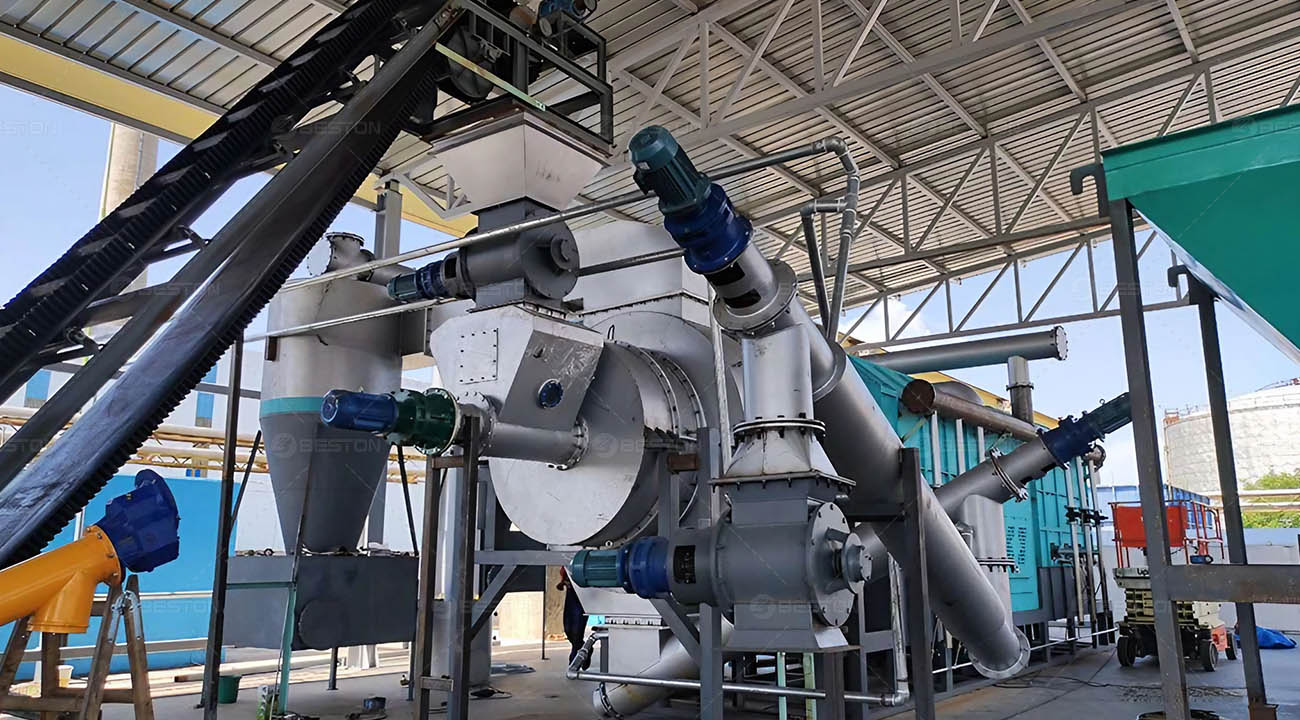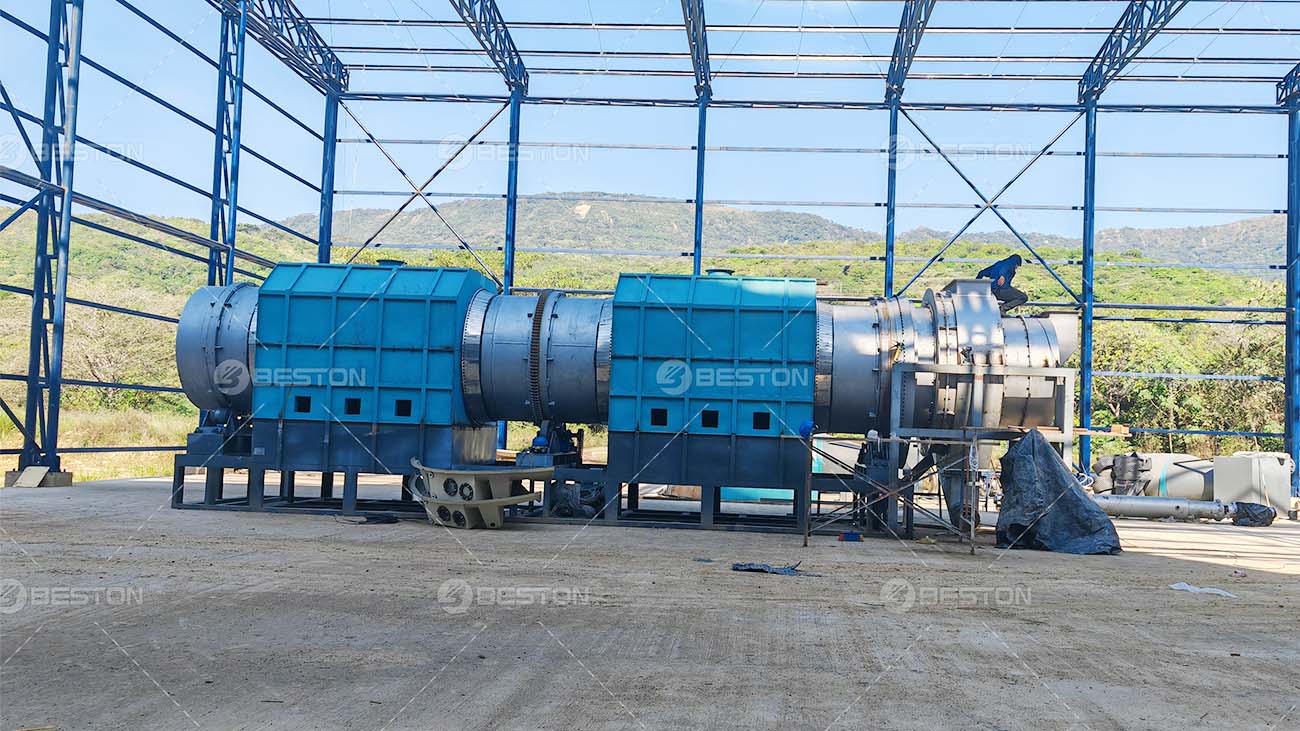Charcoal production has evolved significantly, leveraging agricultural residues to create high-value products. Two notable forms of charcoal are straw charcoal and sawdust charcoal, each derived from different biomass sources. Understanding the distinctions between these two types of charcoal is essential for applications ranging from fuel production to soil enhancement.

Raw Material Sources
They are all raw materials for charcoal production machine. Straw charcoal is produced from the residual stalks of cereal crops, including wheat, rice, and barley. These materials are often considered agricultural waste, providing a sustainable feedstock for charcoal production. In contrast, sawdust charcoal is derived from wood byproducts, typically generated during the milling and processing of timber. Both straw and sawdust serve as renewable resources, but their chemical compositions and physical properties differ significantly.
Physical and Chemical Properties
The physical attributes of straw and sawdust charcoals diverge markedly. Straw charcoal often appears more brittle and less uniform in structure, influenced by the heterogeneity of the straw feedstock. Its porous nature allows for enhanced adsorption properties, making it suitable for applications in environmental remediation, such as soil amendment and pollutant adsorption.
Sawdust charcoal, on the other hand, presents a denser and more uniform texture, which translates into improved combustion efficiency. The higher carbon content and lower moisture levels enhance its suitability as a fuel source for industrial applications. Additionally, sawdust charcoal exhibits a more consistent ash content, which is critical for applications where residual materials are a concern.
Production Processes
The manufacturing processes for straw charcoal and sawdust charcoal involve carbonization, wherein the biomass is thermally decomposed in an oxygen-limited environment. A straw charcoal machine is specifically designed to handle the fibrous structure of straw, ensuring efficient carbonization at optimal temperatures. Conversely, a sawdust charcoal machine accommodates the fine particulate nature of sawdust, requiring precise control over temperature and pressure to achieve desired properties.
The carbonization temperature typically ranges from 300°C to 700°C for both materials. However, the specific conditions and retention times may vary, influencing the final charcoal’s characteristics. Straw charcoal tends to exhibit a lower density and higher volatile matter content compared to sawdust charcoal, which generally boasts a higher calorific value and density due to its lignocellulosic composition.
Applications and Market Demand
The applications of straw charcoal Postand sawdust charcoal reflect their respective properties. Straw charcoal is often utilized in agricultural practices, particularly as a soil conditioner or as an additive to improve soil fertility. Its capacity to retain moisture and enhance microbial activity positions it as a valuable resource in sustainable farming.
In contrast, sawdust charcoal finds extensive use in the energy sector, particularly in the production of high-quality charcoal briquettes and pellets. Its superior energy density makes it an ideal choice for heating and cooking applications. Furthermore, the increasing demand for eco-friendly energy sources has bolstered the market for charcoal from sawdust charcoal making machine, especially in regions transitioning to renewable energy alternatives.
Environmental Considerations
Both straw and sawdust charcoals contribute to waste reduction and resource recycling. Utilizing agricultural residues for charcoal production helps mitigate environmental issues associated with biomass disposal, such as open burning and landfill accumulation. The carbonization process itself can be optimized to minimize greenhouse gas emissions, making both products more environmentally friendly compared to traditional fossil fuels.
However, the sustainability of each charcoal type hinges on responsible sourcing practices. Overharvesting of straw or unsustainable logging practices can lead to ecological imbalances. Therefore, adherence to sustainable production guidelines is paramount to ensuring the long-term viability of both straw charcoal and sawdust charcoal.

Conclusion
The differences between straw charcoal and sawdust charcoal are pronounced, stemming from their raw materials, production processes, and physical properties. While straw charcoal serves as an excellent amendment for agricultural practices, sawdust charcoal emerges as a preferred fuel source in energy applications. Understanding these distinctions is essential for stakeholders in the biomass and charcoal industries, guiding decisions that align with sustainability and economic viability. As the demand for renewable resources continues to grow, both forms of charcoal will play critical roles in advancing environmental stewardship and resource efficiency. You can contact Beston Group Co., Ltd. for more information on charcoal production.